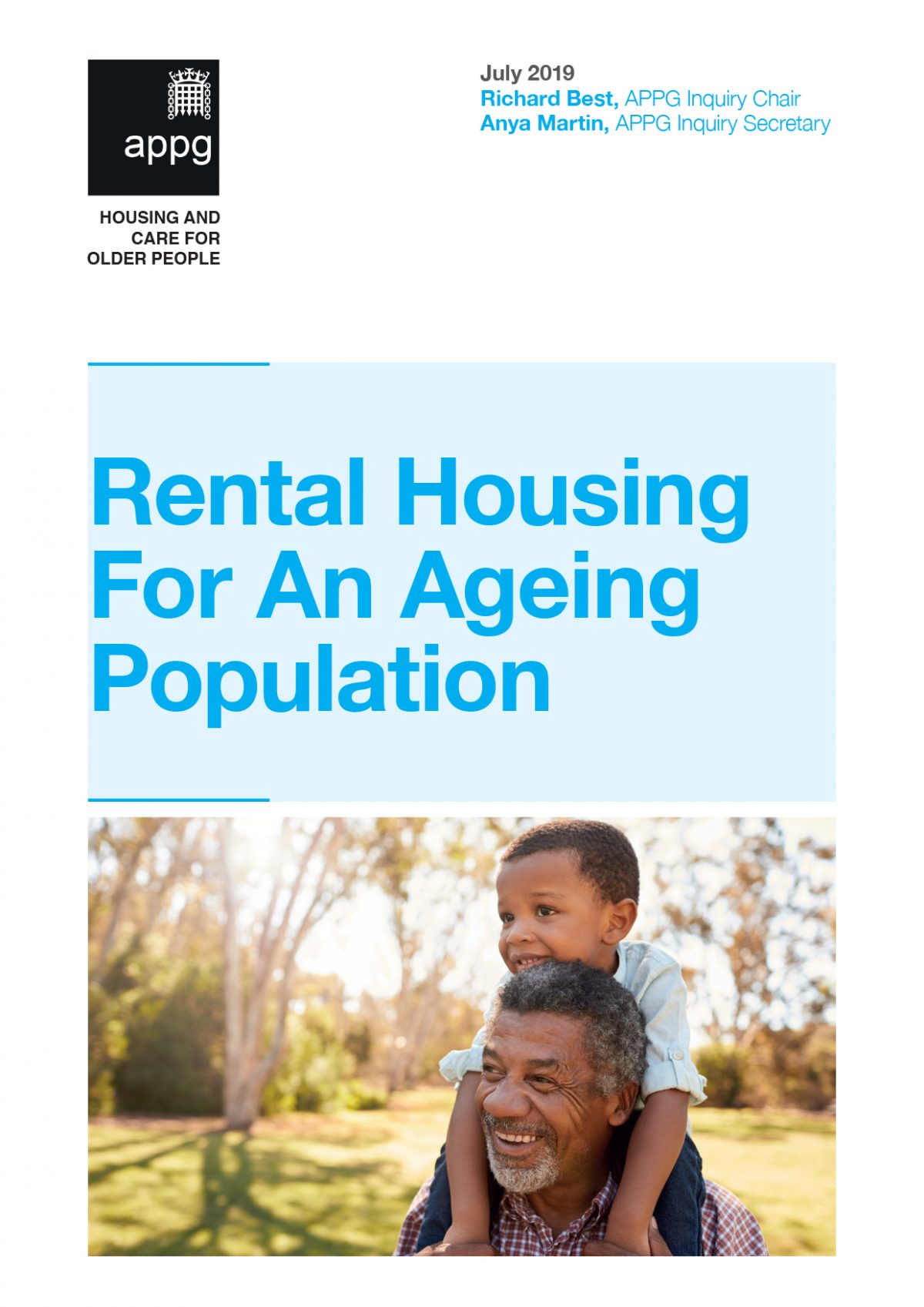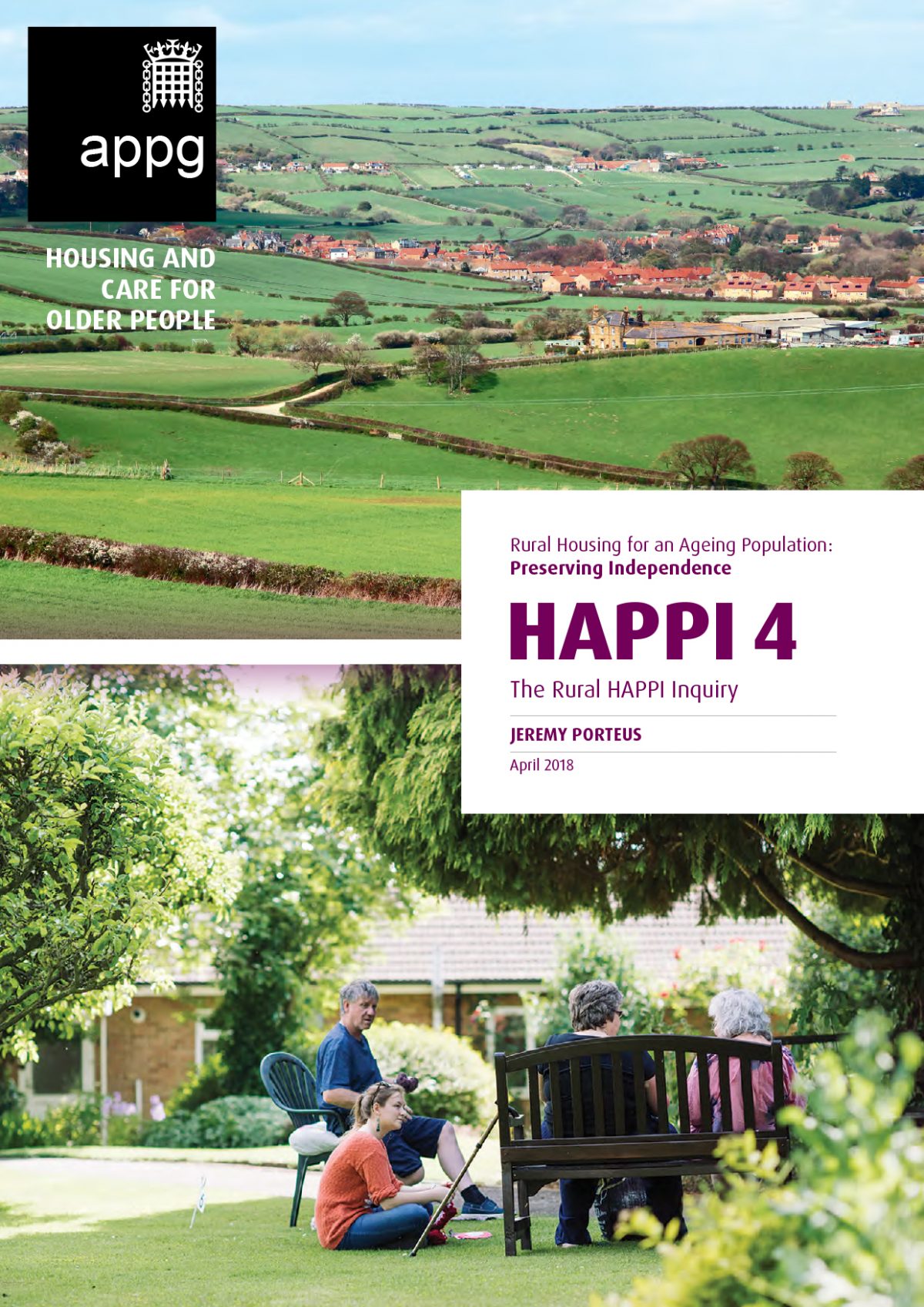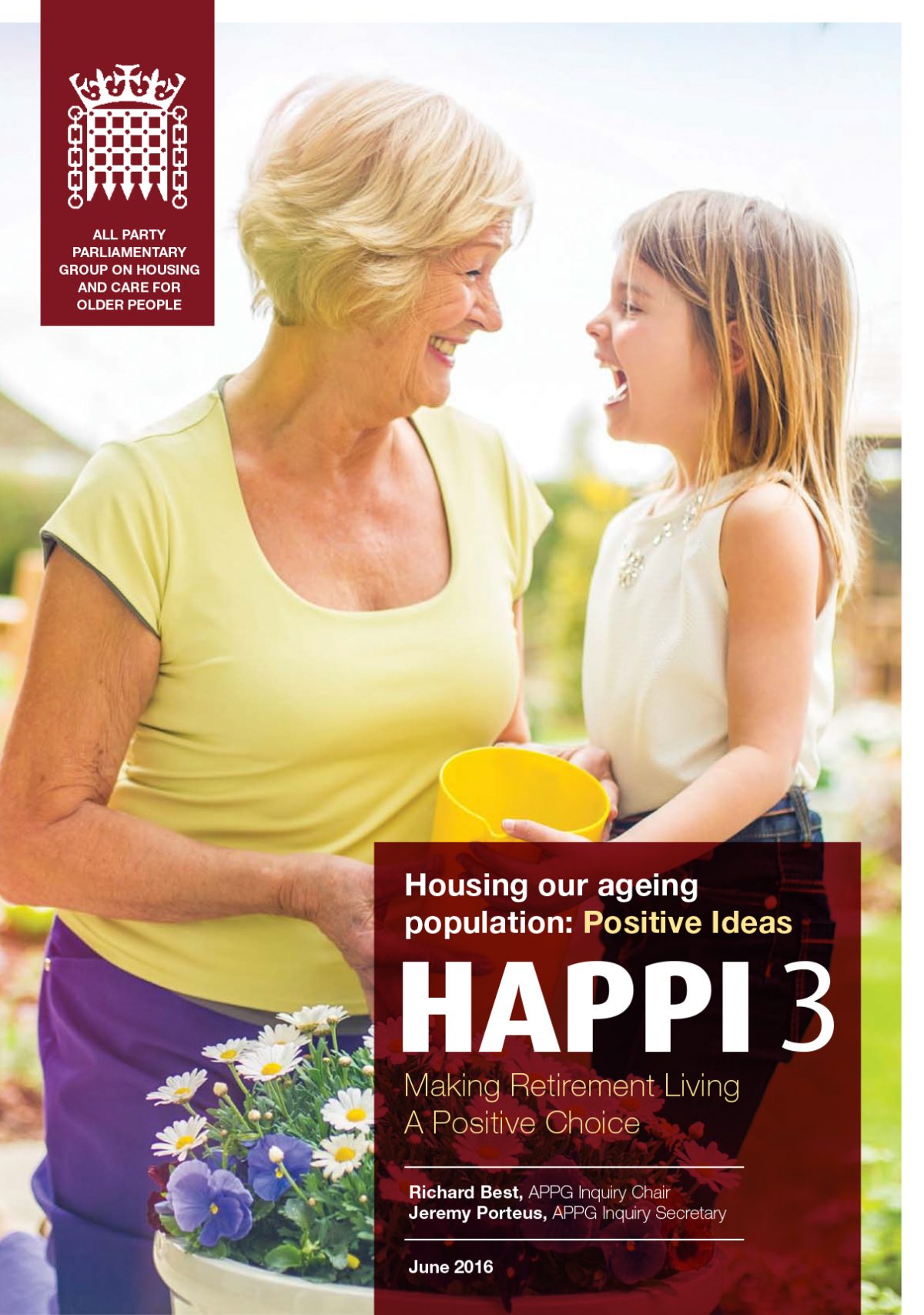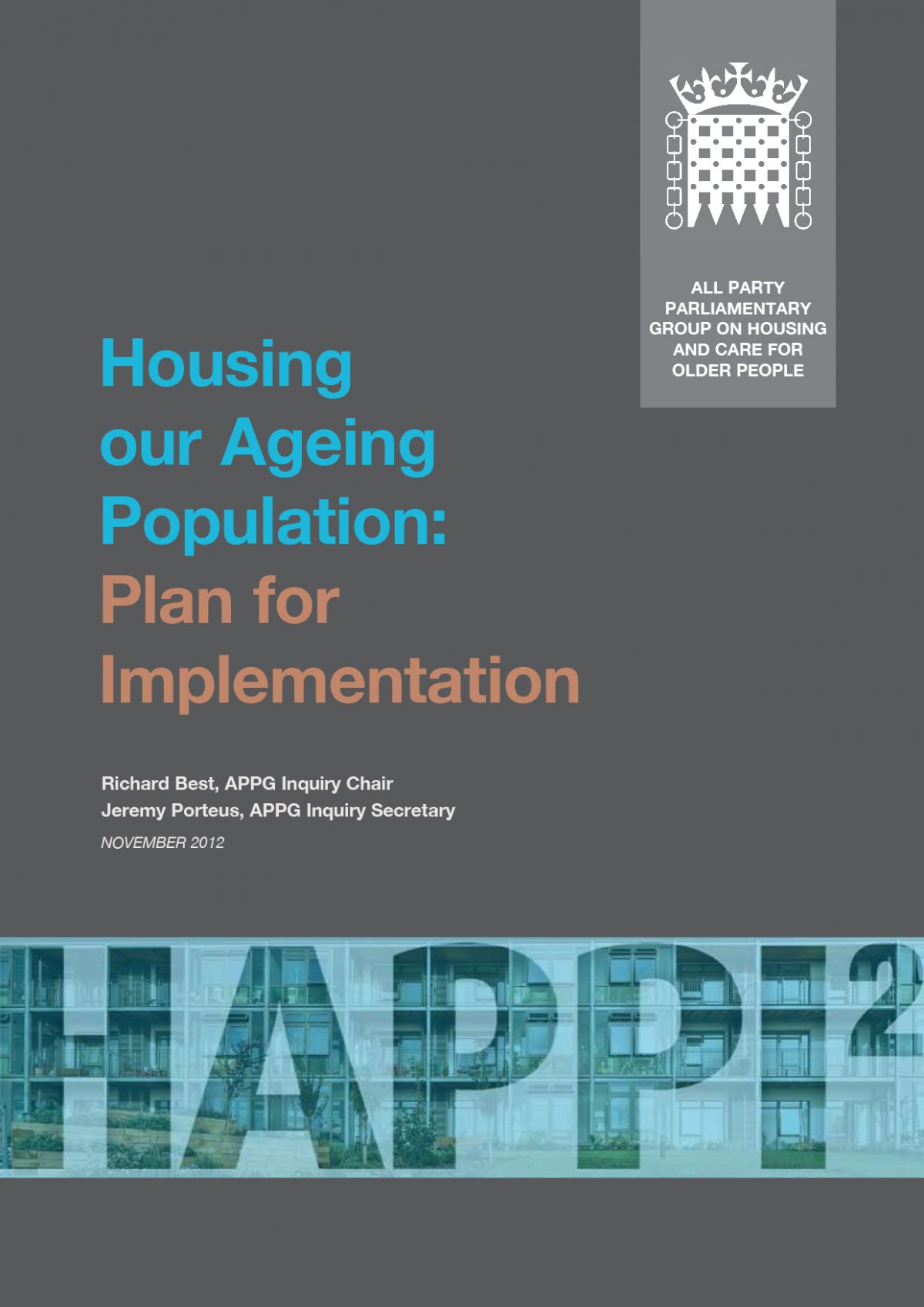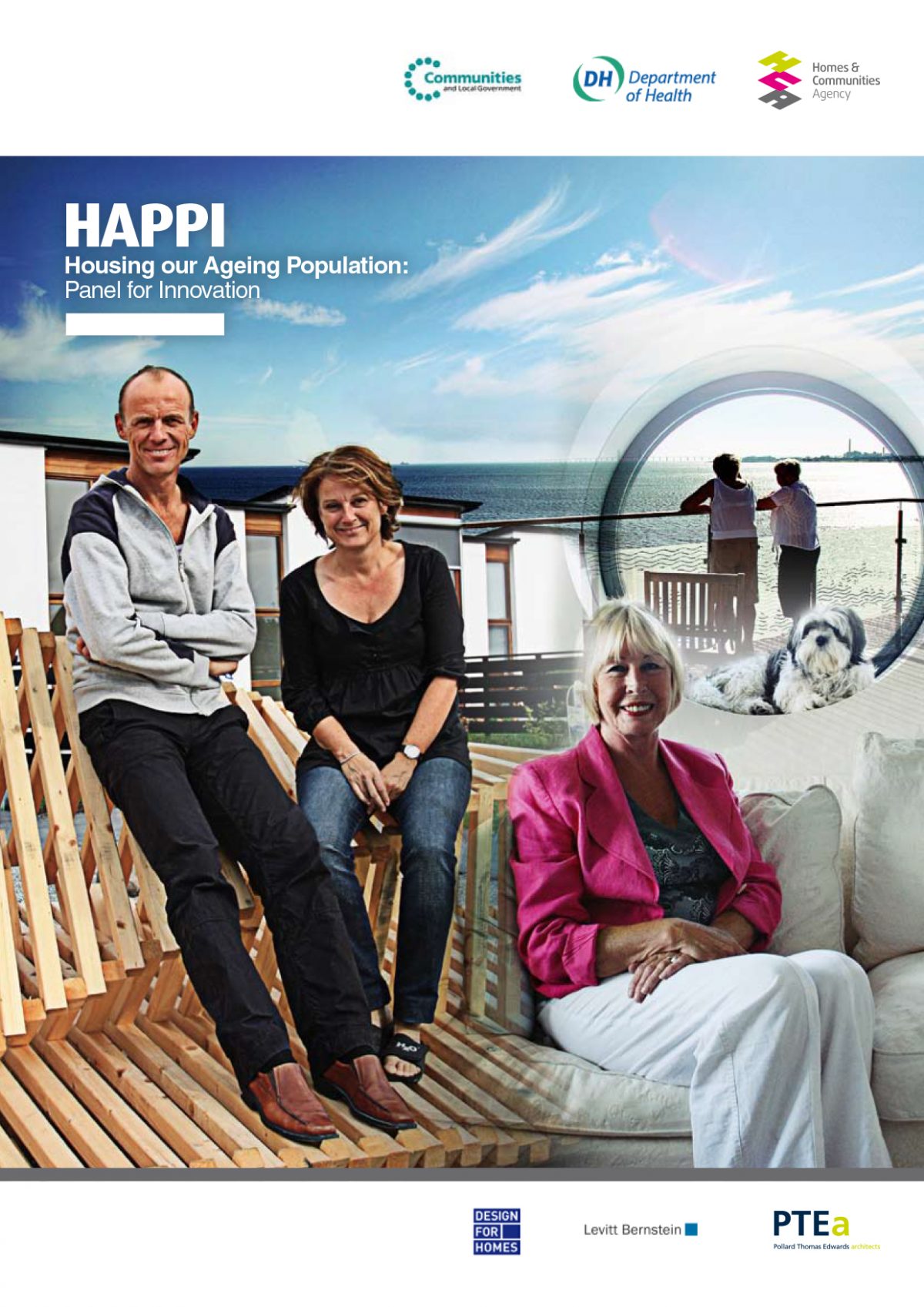Because the great majority of those over pension age are owner-occupiers (including leaseholders), previous reports have concentrated on the people in this tenure. Homeowners have the advantage of some equity in their property – a lot in some areas, not much in other places – and this can be used to pay for a “rightsizing” move or for making their current home more comfortable. But what about those older people who are tenants, renting in either the social or private rented sector (PRS)?
Author: Housing our Ageing Population Panel for Innovation
Publication date: July 2019

